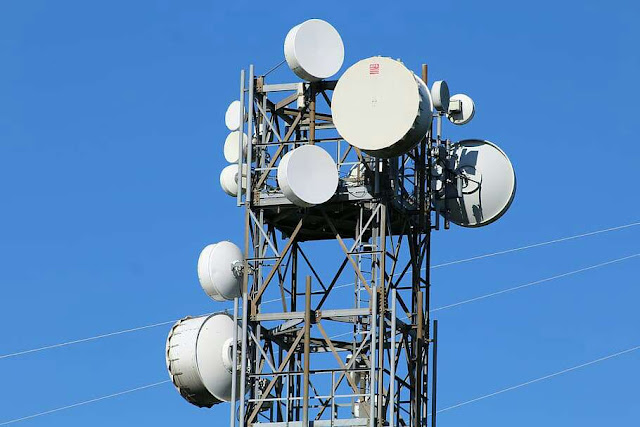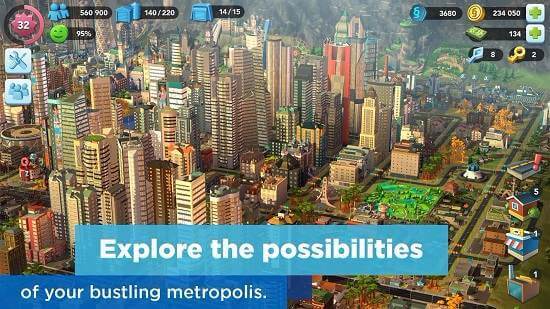In Network devices, Firstly we will study Repeaters, then then hub, bridge, routers, gateway.
What is repeater?
In communication when signals move from one place to another place they becomes weak and after a particular time they lost their values and becomes a straight line.
To increase the strength of signal and get back the original data before the signal loss, repeaters are used
Definition: Repeaters are used to regenerate the signals before the complete loss of signal up to a particular limit.
This is the work of repeater.
Regeneration means to recreate the signals before they lost their value.
We can't regenerate a signal, that is completely lost. We can't get back the data (we don't know whether it is 0 or 1 because the signal becomes a straight line)
If there is some strength there, then we can regenerate the signal.
Repeater is re-generator not an amplifier.
Filtering is not possible in repeaters.
Before understanding the concept of repeater we will study about attenuation..
Attenuation : When a signal travel from one place to another place, It will loose its strength, and this loss of strength in signal is known as attenuation
To give strength to this weak signal repeaters are used to regenerate the strength of signal.
Now, What is the work of repeater? It will regenerates the signal
Active hubs also regenerate the signals
Repeaters are simple device, that works on physical layer of OSI model.
What is Collision?
Collision means an instance of one moving object or person striking violently against another just like in accident.
When data are coming from two different paths then there is possibility of collision.
here there are two computers from where the data is coming, so by collision data can be lost here.
In ethernet when two nodes transmits the data at the same time then there is possibility of collision.
When packets of both path meets at a point on physical media then the frames of each node collides and data is corrupted
When data becomes corrupted then there is no use of that data
Now one more term is there i.e. Collision Domain. What is Collision Domain?
Collision Domain is a network area where we can detect the collided frames
We can identify that the collision occurs.
Accident occurs but do we know that accident occurs at that place.
data is corrupted there, so when we identify that due to collision data is lost, we can resend the data.
In hubs and repeaters collided data is forwarded to next node as it is(corrupted data).
but in switches, bridges and routers collided data are not forwarded to next node.
What is Hub?
Hub also works at physical layer
Hub transfers the data from one incoming port to all other ports.
It will send the data to all other ports
Repeater was just connecting the two segments of same type of LAN
but Hub is broadcasting the data to all node. It will not check that whether that data is required at any node or not.
It will send message to all nodes(except the node from where the data is coming)
The node that require that data will receive it and other nodes will discard it.
It depends on receiving computer to decide that packet is for them or not.
If that packet is your then read it. If it is not yours leave it.
Hub is very simple device
Ex: When A wants to send data to B. Then A send the data to hub and hub broadcasts it to all other nodes through its other ports
It will send it to B,C,D ... all nodes
B requires that data so it will get that data and all other nodes discard that data.
In this device traffic is shared by all nodes
Hub is used to create a LAN of Star Network topology or Hierarchical Network Topology
Passive Hub: Passive hub transmit the data to other port as they are without any modification in the signal.
It just have to forward the data
It is only used to forward the data So power supply is not required.
But Active hub regenerates the signal then forward it to all other nodes through other ports.
Hub works on physical layer of OSI. As we know here data is in the form of signals , and signals are used in Physical Layer of OSI layer.
Addressing is not possible in hub. Hub send data to all nodes so no addressing is required
No data filtering
No data filtering: hubs are not deciding that what data is required to send and what to not.
Next device is Bridge
Bridge
Bridge are used to connect two LANs.Bridge have one incoming port and one outgoing port in it.
just like in bridge where someone can move from one side to another.
Bridge will check the data before sending it to other side of the bridge. Here it will check the destination address that whether that address exists on the other side or not.
if the destination address exists on the other side then it will transfer the data to other side
If destination address is not on the other side of bridge then it will not transmit the data on the other side and discard it.
Bridge decides that data will move to other side of the bridge(outgoing port) or not
If there is a way to otherside then only it will send the data to other side otherwise it will discard it.
Bridges are used to extend the network with maintaining signals and traffic.
Bridges worked on Data Link Layer of OSI Layer.
In bridges data are in the form of frames
Data Filtering is possible here. It means we are restricting the data from moving it from one port to another.
In active hub , it will send the data to all but here in bridge, it is discarding the data, which doesn't have address information available on the other side











0 Comments
Please do not enter any span links in comment box